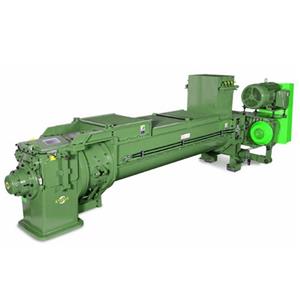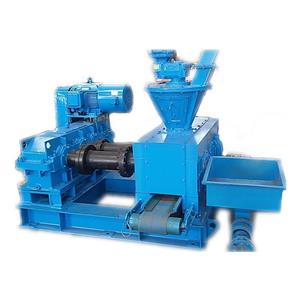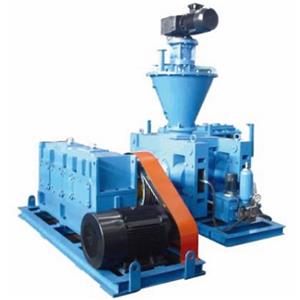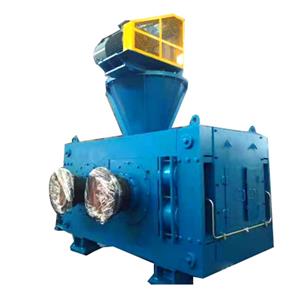Resource Recovery Pathways for Oily Sludge Treatment
Abstract:The efficient and environmentally sound treatment of oily sludge is a critical challenge for the petroleum industry's green transformation. This article systematically reviews the principles and characteristics of mainstream treatment methods, from traditional landfilling and incineration to modern biological and pyrolysis technologies, aiming to provide a clear reference for technology selection within the industry.
Oily sludge, a typical hazardous waste generated by the petroleum industry, is characterized by its complex composition, high stability, and difficulty in treatment. With increasingly stringent environmental regulations and the "Dual Carbon" goals in China, simplistic and extensive disposal methods are no longer viable. Technological pathways are now advancing deeply towards harmlessness, resource recovery, and volume reduction.
I. Traditional Treatment Methods: Stopgap Measures with Historical Limitations
1. Landfilling
Principle:Simple solidification followed by transportation and disposal in designated landfills.
Characteristics:Simple operation and relatively low cost. However, this method merely transfers the pollution rather than eliminating it. It carries long-term risks of leakage, contaminating soil and groundwater, while also wasting land resources and potential petroleum resources. Currently, this method is highly restricted and can only be used for the final disposal of treated residues that meet standards.
2. Incineration
Principle:Complete oxidative combustion of organic matter at high temperatures (800-1000°C) with sufficient air supply.
Characteristics:Significant volume reduction (>90% reduction rate) and thorough treatment. However, the drawbacks are equally prominent: extremely high energy consumption, potential generation of highly toxic pollutants like dioxins, complex and expensive flue gas purification systems, and the irreversible destruction of valuable petroleum resources without recovery.
II.Conventional Harmlessness & Resource Recovery Technologies: Evolving Solutions
3. Chemical Conditioning-Mechanical Separation
Principle:Adding surfactants, demulsifiers, and other chemical agents to disrupt the stable oil-water-solid structure, followed by three-phase separation using equipment like centrifuges or filter presses.
Characteristics:Can recover part of the crude oil, and the process is relatively mature. However, its effectiveness is highly dependent on sludge properties and chemical formulation. The oil content of the treated solid phase often remains around 1%, struggling to consistently meet the strict national standard of below 0.5%. Issues also include chemical costs and potential secondary pollution.
4.Biological Treatment
Principle:Utilizes specific microorganisms (bacteria, fungi) to metabolize and degrade petroleum hydrocarbons into carbon dioxide, water, and biomass.
Characteristics:A genuine process of pollutant degradation, environmentally friendly with low operational costs. The critical flaw is the lengthy treatment cycle, often taking months. It is also highly sensitive to environmental factors like temperature, pH, and sludge toxicity, exhibits low efficiency for heavy components (resins, asphaltenes), and has poor applicability in cold climates or for aged sludge.
III. Advanced Technology: Pyrolysis Desorption – Achieving Thorough Cleaning & Resource Recovery
5. Pyrolysis Desorption Technology
Principle:Heating oily sludge to medium temperatures (350-550°C) in an oxygen-free or oxygen-deficient environment, causing petroleum hydrocarbons to volatilize and undergo thermal cracking, rather than combustion.
Characteristics:This technology is considered one of the most promising paths forward due to its ability to simultaneously meet three key objectives:
Thorough Harmlessness:Treated solid residue can have an oil content stably below 0.3%, completely removing its hazardous characteristics and allowing for reuse in applications like brick-making or road base.
Efficient Resource Recovery:Cracked oil and gas are condensed and recovered as fuel oil. The non-condensable pyrolysis gas generated can be purified and reused to heat the system, significantly reducing external energy consumption.
Environmental Cleanliness:The absence of oxygen suppresses dioxin formation at the source. Flue gas volume is much smaller than from incineration, making it easier and cheaper to treat.
Conclusion
The evolution of technology clearly indicates that oily sludge treatment is moving from "end-of-pipe disposal" towards "process-integrated resource recovery." While each technological pathway has its specific application scenarios and stage of development, Pyrolysis Desorption Technology has emerged as a crucial solution for meeting high environmental standards, thanks to its comprehensive advantages.
Kaizheng Environmental Protection, as an enterprise focused on environmental processes and technological equipment, continuously monitors and deeply researches advanced treatment technologies, including pyrolysis desorption. Our core value lies in providing customers with optimized process solutions for key stages and reliable equipment integration support, based on a profound understanding of the underlying principles. We are committed to working with industry peers to promote the advancement and practical application of environmental technologies, contributing our professional expertise to the cause of oilfield environmental protection.




